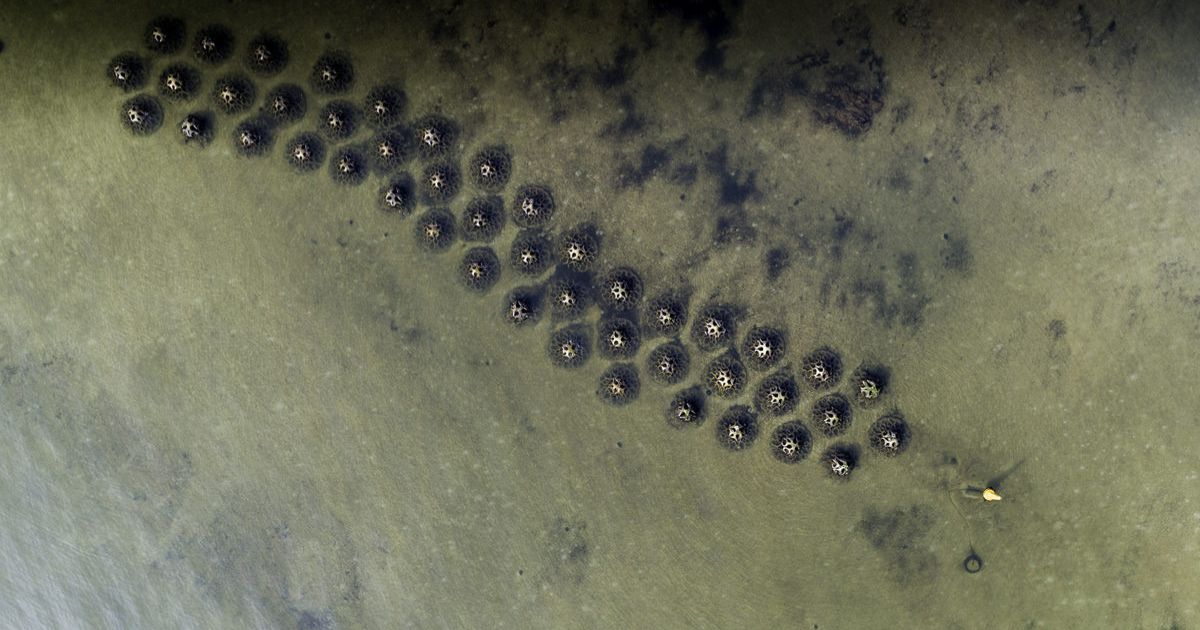Poor seasonal conditions see big numbers getting the chop

MLA's Market Information Manager Stephen Bignell said that the elevated female slaughter rate reflects regional responses to seasonal pressures, particularly in the south where a prolonged and expanding drought is impacting numbers
AS FARMERS struggle to maintain condition on their livestock, many have made the decision to send stock to market as Victorian fodder supplies are exhausted and costs skyrocket.
Australia’s red meat sector has recorded a significant lift in cattle and lamb slaughter volumes in the first quarter of 2025, with producers responding to varied seasonal conditions across the country, according to Meat & Livestock Australia (MLA).
Data from the Australian Bureau of Statistics (ABS) has revealed that cattle slaughter reached 2.2 million head for the quarter, up 2 per cent from Q4 2024 and 20 pe cent higher year-on-year.
This marks the largest quarterly cattle slaughter in Victoria since 1979, and in New South Wales since 2015, with volumes lifting 5 per cent and 7 per cent respectively.
South Australia also recorded its highest quarterly cattle slaughter since 2017, up 16 per cent, driven by tough seasonal conditions prompting early turnoff.
Despite recent flooding and cyclones, Queensland’s cattle slaughter rate eased by 2 per cent, reflecting improved seasonal conditions that allowed producers to retain stock longer, and in the West, there was a 4 per cent decline, while Tasmania lifted 4 per cent.
The female slaughter rate rose to 52.7 per cent, indicating elevated female turnoff, particularly in South Australia and Victoria.
However, according to MLA’s Market Information Manager, Stephen Bignell, this is not indicative of widespread herd liquidation across the country.
“The elevated female slaughter rate reflects regional responses to seasonal pressures, particularly in the south where a prolonged and expanding drought is impacting numbers.
“While some areas are destocking, others are benefiting from improved conditions and holding onto stock.
“This is most evident in Queensland where generally good conditions are resulting in stock retention and even herd growth.”
The value of cattle production hit $4.41 billion for the quarter, with the average value per head rising 3 per cent to $2,029.
Lamb slaughter surged to 6.86 million head, the second-highest quarterly figure on record, up 12 per cent from the previous quarter and slightly above year-ago levels.
Victoria led the charge, processing a record 3.83 million head, while New South Wales lifted 27 per cent to 1.48 million head.
Lamb production reached 166,800 tonnes, up 18 per cent from Q4 2024, with Victoria producing a record 91,600 tonnes.
National average lamb carcase weights rose to 24.3kg, with South Australia leading at 26.1kg.
Sheep slaughter totalled 3 million head, a 14 per cent decline on the previous quarter though remained 7% per cent above year-ago levels.
Mutton production reached 74,700 tonnes, which was the third-highest quarterly volume in a decade.
The gross value of sheep and lamb slaughtered in Australia lifted across all states again to $1.58 billion.

















